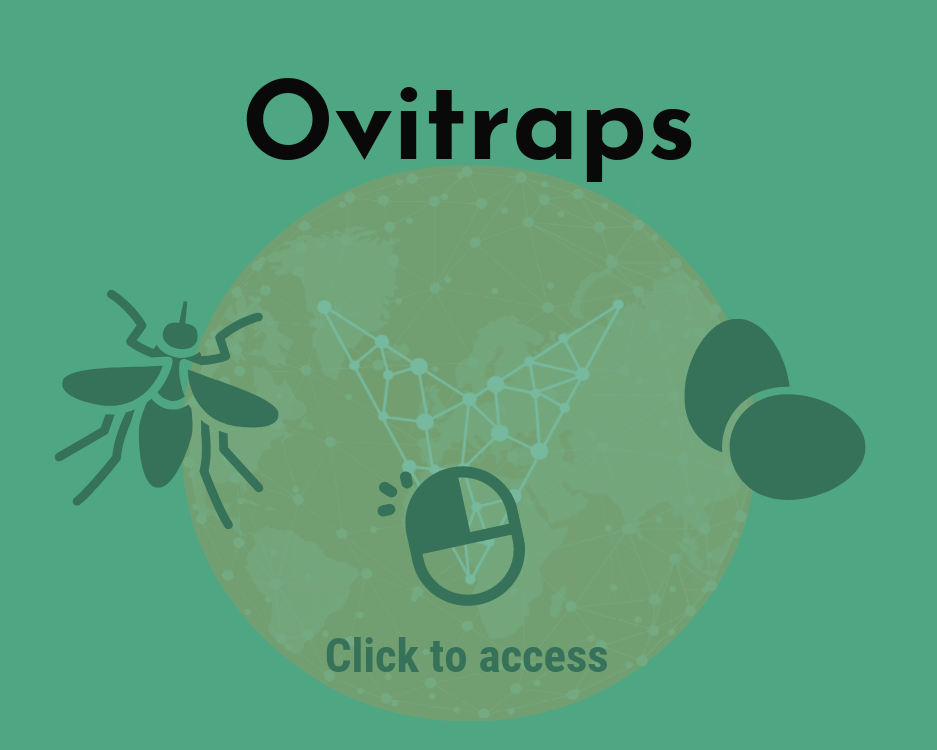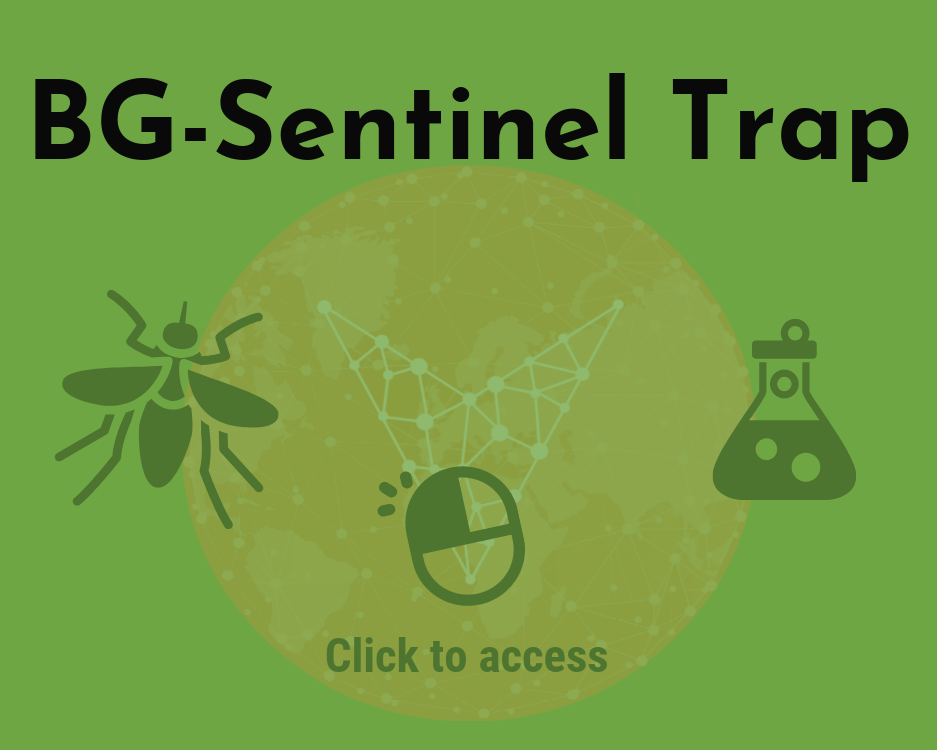
Mosquitoes can be trapped as part of a surveillance programme or as an intervention to reduce the number of mosquitoes in an environment. Mosquito traps typically have a form of attractant that lures mosquitoes to a capture or killing device.
Attractants can range from simple lamps that act as a light source, to plumes of carbon dioxide that mimic the exhalation of breath to attract blood-feeding insects looking for human hosts. Other traps release chemical odours such as 1-octen-3-ol and ammonia, attractants produced by humans to which mosquitoes respond[1].
The trap itself may be a capturing device that prevents escape, and such traps are useful both for mosquito control and to allow researchers to make collections for identification. Other traps have killing devices such as electrocution grids or sticky surfaces, similar to those used in fly traps.
A trap commonly used for surveillance and population reduction of Anopheles is the CDC Light Trap[2]. The BG Sentinel trap is suitable for trapping Aedes mosquitoes, as it releases chemical attractants[3] and therefore works during the day when a light trap would be less effective.
Further reading
- Kline DL. Traps and trapping techniques for adult mosquito control. Journal of the American Mosquito Control Association. 2006 Sep;22(3):490-7.
https://digitalcommons.unl.edu/cgi/viewcontent.cgi?article=2047&context=usdaarsfacpub - Mathenge EM, Misiani GO, Oulo DO, Irungu LW, Ndegwa PN, Smith TA, Killeen GF, Knols BG. Comparative performance of the Mbita trap, CDC light trap and the human landing catch in the sampling of Anopheles arabiensis, An. funestus and culicine species in a rice irrigation in western Kenya. Malaria journal. 2005 Dec;4(1):7.
https://malariajournal.biomedcentral.com/articles/10.1186/1475-2875-4-7 - Jerry DC, Mohammed T, Mohammed A. Yeast-generated CO2: A convenient source of carbon dioxide for mosquito trapping using the BG-Sentinel® traps. Asian Pacific journal of tropical biomedicine. 2017 Oct 1;7(10):896-900.
https://www.sciencedirect.com/science/article/pii/S2221169117309802


